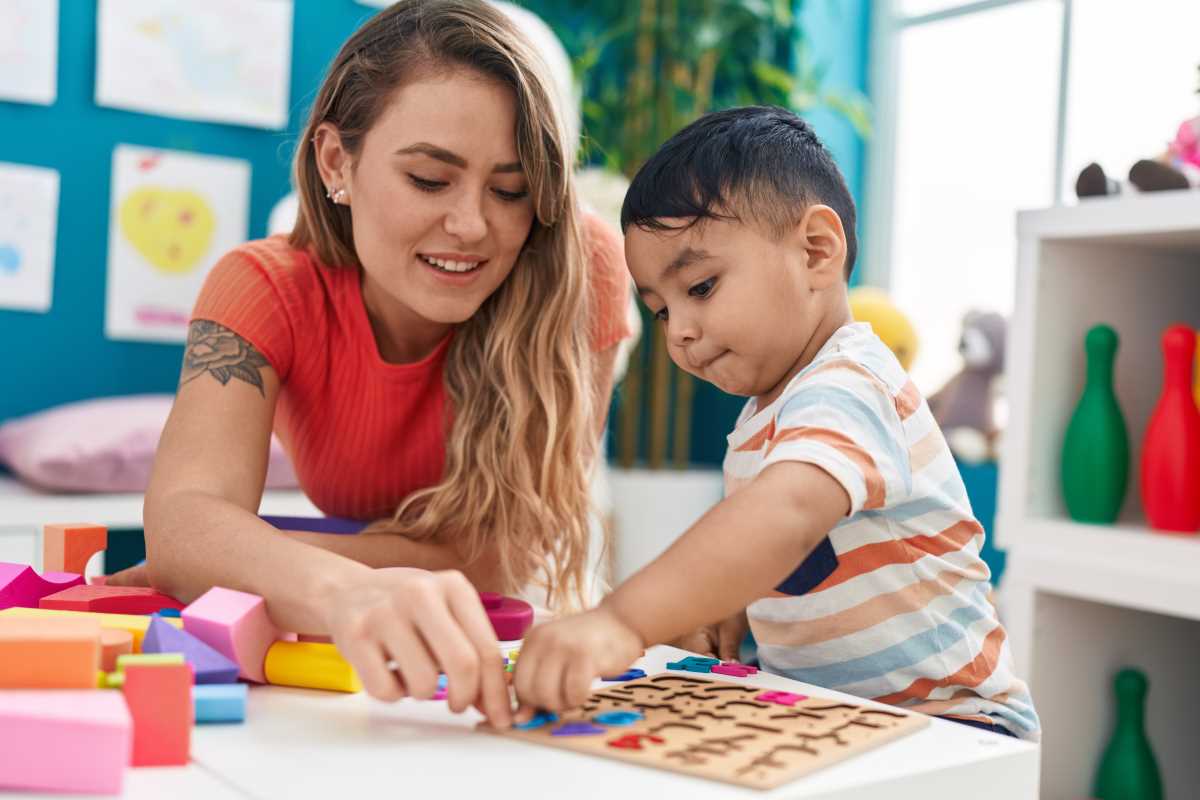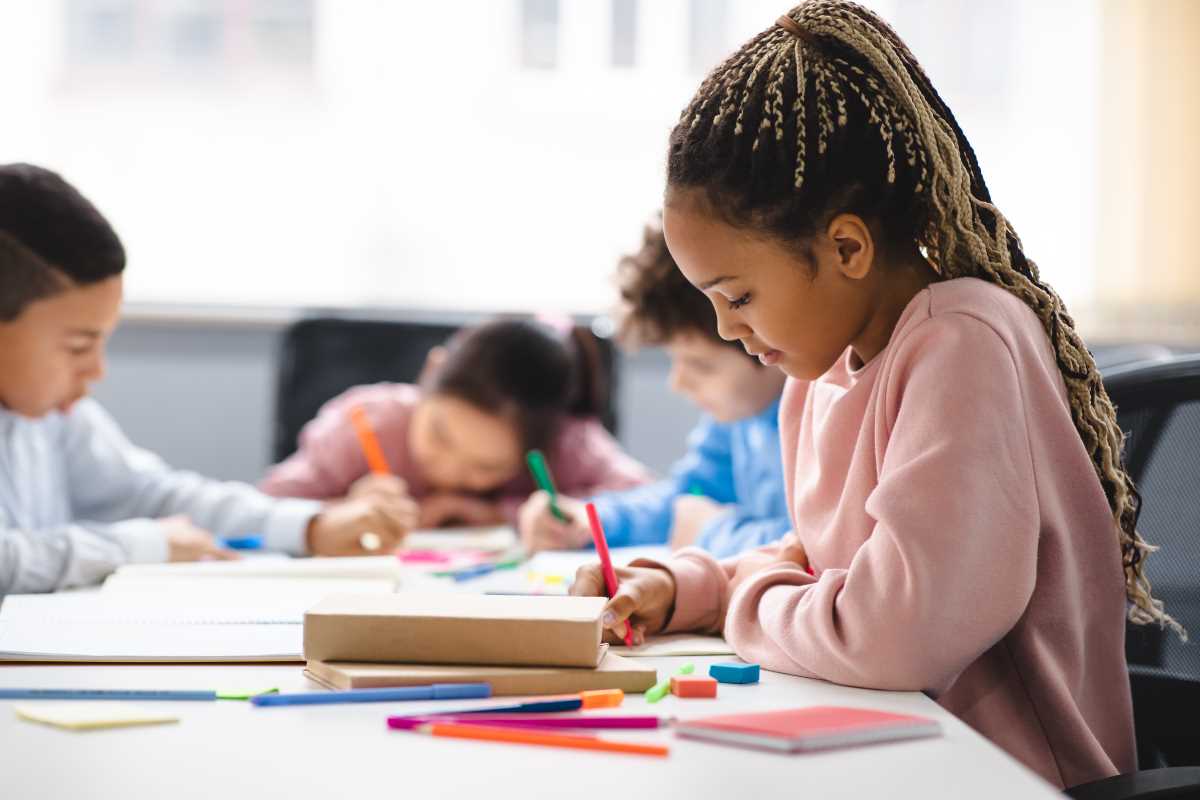Flipped classrooms have changed the traditional educational model, offering a dynamic approach to learning that benefits urban high schools. By shifting the focus of instruction from in-class activities to out-of-class engagement, educators address the diverse needs of students in bustling urban environments. This pedagogical shift not only improves academic performance but also creates a more interactive and personalized learning experience.
Urban high schools, where classrooms often contain students from varied backgrounds and different learning styles, benefit from the flipped classroom model, which provides a flexible framework that caters to individual needs. This method allows teachers to create more engaging and effective lessons, while students actively participate in their own education. As urban education continues to change, adopting flipped classrooms stands out as a promising method to improve academic outcomes and student satisfaction.
Understanding Flipped Classrooms
A flipped classroom is an instructional strategy that reverses the traditional learning environment by delivering instructional content, often online, outside of the classroom. This allows class time to focus on exercises, projects, or discussions that enhance understanding and application of the material. Instead of passively receiving information during lectures, students engage with new content at home and use classroom time for collaborative and hands-on activities.
The core principles of flipped classrooms center around active learning and student-centered instruction. The structure typically involves students watching video lectures or reading materials before coming to class, freeing up class time for deeper exploration of topics. This approach encourages critical thinking, problem-solving, and applying knowledge in practical scenarios. By shifting the initial exposure to content outside the classroom, teachers dedicate more time to addressing individual student needs and facilitating meaningful interactions.
Benefits of Flipped Classrooms in Urban High Schools
Implementing flipped classrooms in urban high schools presents numerous advantages that address the unique challenges and opportunities within these educational settings. Some key benefits include:
- Enhanced student engagement through interactive and hands-on learning activities.
- Personalized learning experiences that accommodate diverse learning styles and paces.
- Increased accessibility to educational resources and materials outside the classroom.
- Improved academic performance by allowing more time for application and practice during class.
- Greater opportunities for student collaboration and communication.
The concept of flipped classrooms aligns well with the needs of urban high schools, where students often benefit from varied instructional methods and the ability to engage with content in multiple ways.
Challenges of Implementation
While the flipped classroom model offers significant benefits, urban high schools may face several obstacles during its implementation. One common challenge is the lack of access to reliable technology and internet connectivity for all students, which can hinder their ability to engage with out-of-class content. Additionally, teachers may need extensive training and support to effectively design and deliver flipped classroom activities.
Another potential obstacle is resistance to change from both educators and students who are used to traditional teaching methods. To overcome these challenges, schools can invest in infrastructure improvements, provide professional development opportunities for teachers, and gradually introduce the flipped model to allow for a smoother transition. Engaging stakeholders in the planning process and demonstrating the tangible benefits of flipped classrooms can also help in reducing resistance.
Methods for Successful Implementation
- Assess and upgrade technological infrastructure to ensure all students have access to necessary digital tools.
- Provide comprehensive training for teachers on designing and facilitating flipped classroom activities.
- Develop high-quality instructional materials, such as video lectures and interactive resources, that are accessible to all students.
- Establish clear communication channels with students and parents to explain the benefits and expectations of the flipped model.
- Implement the flipped classroom model gradually, starting with select subjects or classes to allow for adjustment and feedback.
Adopting flipped learning requires careful planning and commitment from all parties involved. By following these steps, urban high schools can effectively integrate the flipped classroom model and achieve meaningful educational outcomes.
Flipped classrooms offer a fresh approach to education in urban high schools, improving student engagement and academic performance. Despite the challenges, careful implementation can lead to significant improvements in teaching and learning. As more schools adopt this model, the future of urban education looks bright, with greater opportunities for student success and development.







